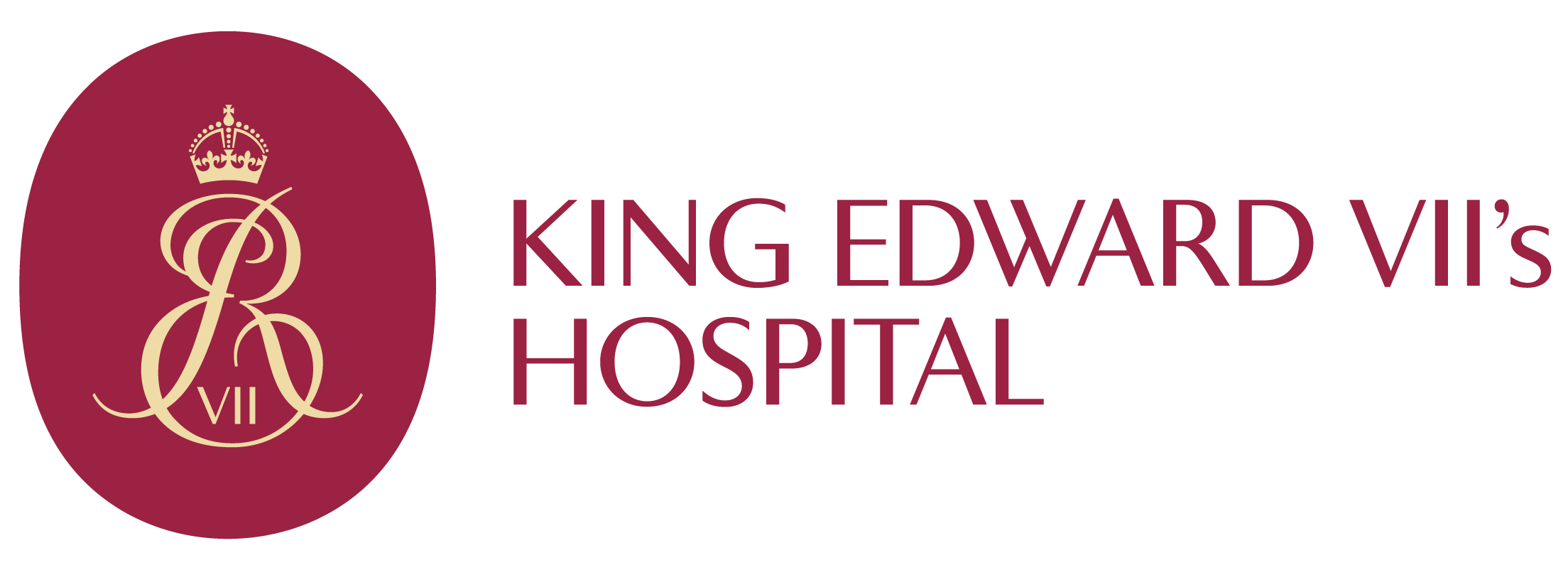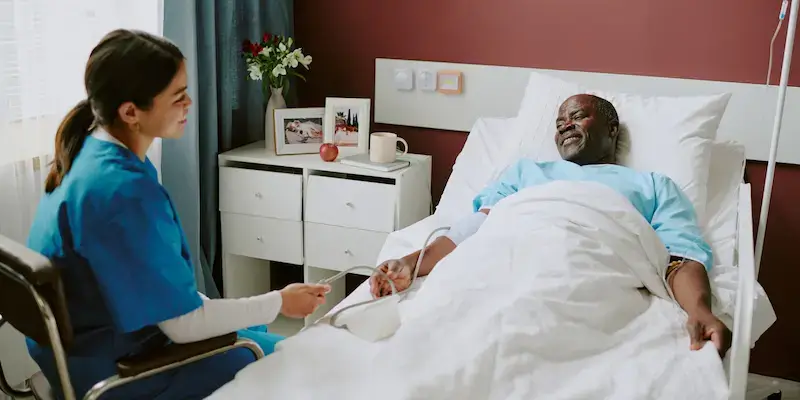Home >
CT guided biopsy
Get rapid access to our leading specialists.
This patient information aims to answer some of the questions you may have about having a CT Guided Biopsy. It explains what you need to do to prepare for the scan, what you can expect when you come to hospital and what happens after. If you have any further questions please speak to your consultant or the imaging department.
Download the print handout version
What is a CT guided biopsy?
CT (computered tomography) takes a series of pictures of your body using multiple X-rays to show cross-sections or ‘slices’. A biopsy is a sample of tissue taken from the body by a needle so it can be closely examined.
What are the benefits of having a CT guided biopsy?
A CT guided biopsy helps accurately guide the radiologist to the area that needs to be biopsied.
Are there any risks?
A CT scan uses a small amount of radiation, and it is always considered if the benefit outweighs the risk.
This is a common procedure and very safe when performed in a controlled setting. As with any procedure, there are risks, side effects and a possibility of complications. The radiologist will discuss this with you.
If you are or could be pregnant or if you have had any allergic reaction to CT contrast or local anaesthetic in the past, you must tell your referring doctor and the Imaging team.
Asking for your consent
The radiologist will ask if you are happy for the scan to go ahead (verbal consent). You will also be asked to sign a form which states that you agree to have the injection and understand what it involves. If you do not wish to have the scan or are undecided, please tell the radiographer/radiologist.
Please ask the radiographer any questions you have at any time before, during or after your scan.
How can I prepare for the scan?
You must fast for six hours before but you can drink water up to two hours prior. If you are taking any medication, please continue to take them, but please stop taking any blood thinning medications.
What do I need to wear?
You will be required to change into a hospital gown before your injection to ensure a sterile procedure.
What happens during the procedure?
The radiologist will go through a consent form, check any allergies, explain the procedure and answer any of your questions.
You will lie down on the bed in a position where you can keep still for the whole procedure. The scanner is open at the back and front, allowing you to see out. A marker is placed on the skin and a planning scan will be taken to find the correct position for the biopsy. The biopsy site is then marked with a pen and the area cleaned.
The radiologist will inject a small amount of local anaesthetic to numb the area and a biopsy needle will be placed into the site and another planning scan is taken. The needle may need repositioning and another scan may be needed. Once the tip of the needle is in the correct place, the biopsy will be taken. This will be repeated a few times to ensure enough tissue has been obtained.
How long will the procedure take?
The procedure usually takes about an hour, however it is patient dependant.
Is anyone with me during the scan?
The radiographer and radiologist will talk to you throughout the procedure and will be in the room most of the time. As a CT uses radiation, a relative/friend cannot be in the room with you. They can join for the consent and explanation.
Can I bring my children?
We do not have childcare facilities and children cannot go into the scan room with you.
If you need to bring your children with you, please bring an adult who can look after them while you are having the examination, without a supervising adult your scan will need to be rebooked
What happens afterwards?
You will be taken to the ward and monitored for about four hours.
Depending on the site of the biopsy a check X-ray may be required. If you are feeling well and the nurse/doctor is happy you will be discharged. You can eat and drink as normal but you must not drive for 24 hours after this procedure.
After the local anaesthetic has worn off you may experience pain or bruising at the site, which is common.
If the site becomes red, inflamed or hot please contact your referring doctor or A&E.
The results of the biopsy will be sent directly to your referring doctor.
Contact us
Please contact the Imaging team about any general concerns on 0207 467 4317. However, if you experience any symptoms of concern please contact your GP or go to your local Emergency Department (A&E).
Your comments and concerns
If you have any questions or concerns about your medicines, please speak to the staff caring for you. For support or advice please speak to your consultant or the Imaging department on 0207 467 4317.
Language and accessible support services
If you need an interpreter or information about your care in a different language or format, please get in touch.
Need further help or advice?
Contact our team for enquiries or information.
If you need to contact us in any other way, please go to

